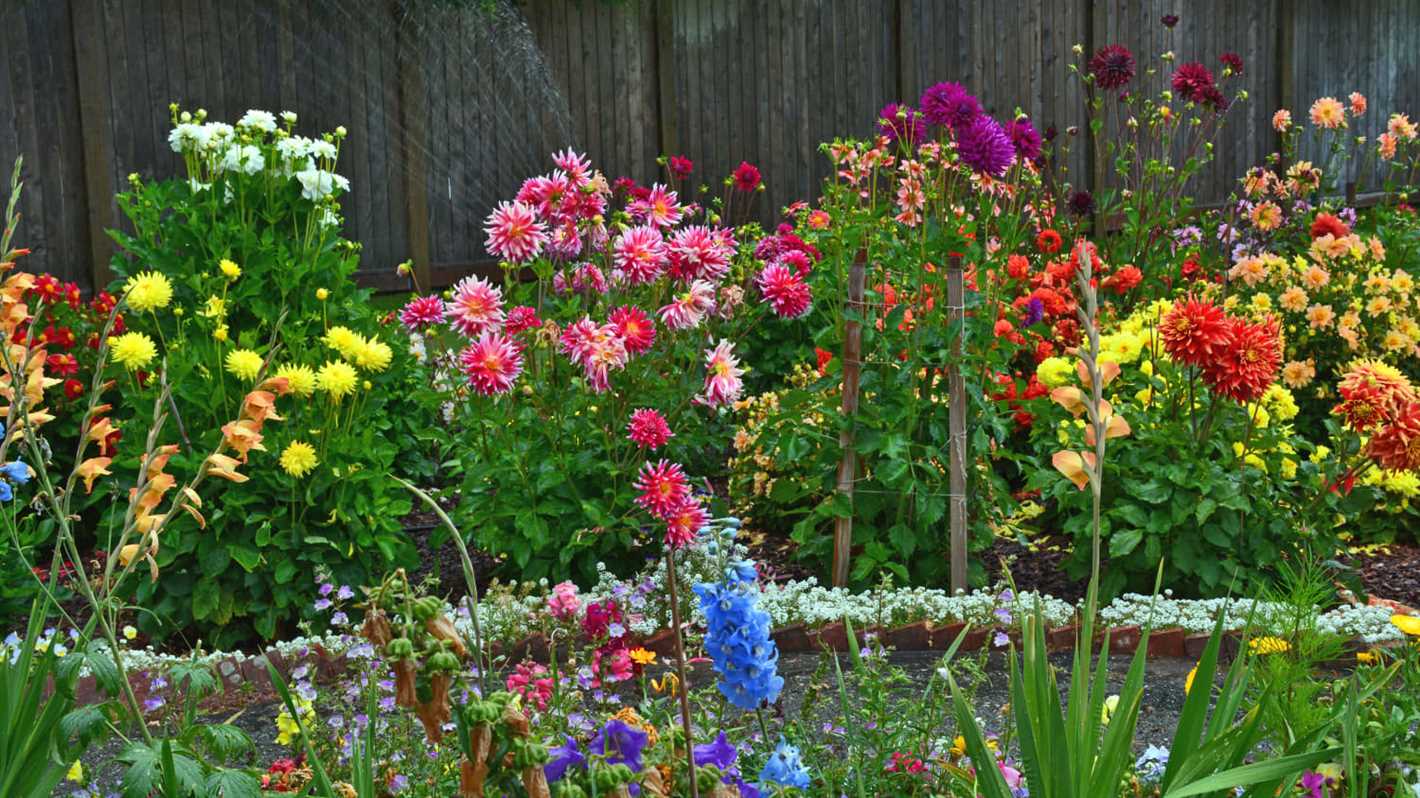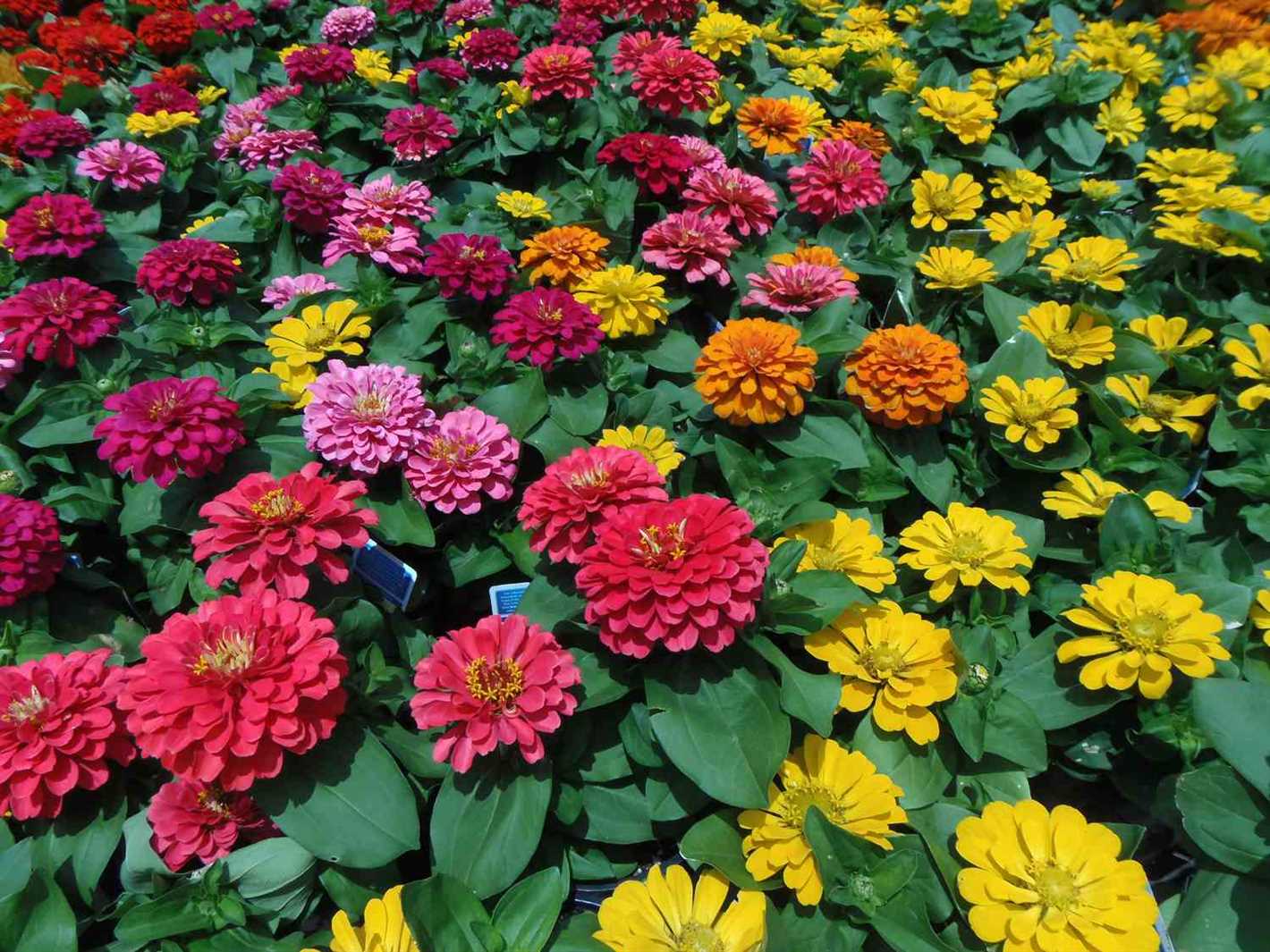- When to plant seedlings
- 1. Start indoors
- 2. Check the frost dates
- 3. Consider the specific plant’s requirements
- 4. Observe the weather conditions
- 5. Gradually harden off the seedlings
- Choosing the right flowers
- Preparing the seedlings
- 1. Choose healthy seedlings
- 2. Harden off the seedlings
- 3. Prepare the planting area
- 4. Water the seedlings
- 5. Transplant the seedlings
- 6. Provide post-transplant care
- 7. Maintain proper care
- 8. Enjoy your beautiful flowers
- Preparing the soil
- 1. Clear the area:
- 2. Test the soil:
- 3. Improve drainage:
- 4. Amend the soil:
- 5. Loosen the soil:
- 6. Remove any large clumps:
- 7. Level the soil:
- 8. Water the soil:
- Planting the seedlings
- 1. Prepare the soil
- 2. Choose the right location
- 3. Dig the planting holes
- 4. Remove the seedlings from their containers
- 5. Plant the seedlings
- 6. Water the seedlings
- 7. Provide support if needed
- Watering and fertilizing
- Watering:
- Fertilizing:
- Caring for the seedlings
- 1. Watering
- 2. Fertilizing
- 3. Providing support
- 4. Pruning
- 5. Protecting from pests
- 6. Transplanting
- 7. Monitoring
- Troubleshooting common problems
- Poor germination rate
- Leggy seedlings
- Disease or pest infestation
- Overwatering or underwatering
- Transplant shock
- Questions and Answers:
- When is the best time to plant flower seedlings in April?
- What types of flowers can I plant as seedlings in April?
- How do I prepare the soil before planting flower seedlings in April?
- Can I plant flower seedlings in containers instead of in the ground?
- Should I water flower seedlings immediately after planting them in April?
- How often should I fertilize flower seedlings planted in April?
- What are some common problems to watch out for when planting flower seedlings in April?
- Videos: Growing watermelon at home is easy, big and sweet if you know this method
April is the perfect time to start planting flowers from seedlings. As the weather starts to warm up and the frost has passed, it is the ideal time to give your garden a burst of color and fragrance. Planting flowers on seedlings can be a rewarding experience, but it does require a little planning and care.
One of the most important tips for planting flowers on seedlings in April is to choose the right type of flowers for your climate. Consider the amount of sunlight, soil type, and the hardiness zone in which you live. This will ensure that your flowers have the best chance of thriving and blooming. Some popular choices for April planting include marigolds, petunias, and zinnias.
Before planting your seedlings in the ground, it is crucial to prepare the soil properly. Make sure to remove any weeds or debris, and loosen the soil using a garden fork or tiller. Adding organic matter like compost or aged manure can also help improve the soil’s fertility and drainage.
Proper spacing is another essential factor to consider when planting flowers on seedlings. Make sure to follow the recommended spacing guidelines on the seed packet or plant label. This will prevent overcrowding and allow each flower to receive the necessary sunlight, water, and nutrients.
Once you have prepared the soil and determined the placement, carefully transplant the seedlings into the ground. Handle them gently by the leaves or use a small garden trowel to avoid damaging the delicate roots. Remember to water the seedlings immediately after planting to help them establish their roots.
To ensure the success of your newly planted seedlings, it is crucial to provide them with regular care and maintenance. This includes watering them deeply and regularly, especially during dry spells. Mulching around the base of the plants can help conserve moisture and prevent weed growth.
By following these tips and tricks, you can enjoy a beautiful and vibrant garden filled with colorful flowers throughout the spring and summer months. Planting flowers on seedlings in April is a rewarding activity that will bring joy and satisfaction to any gardener, whether you are a beginner or an experienced green thumb.
When to plant seedlings
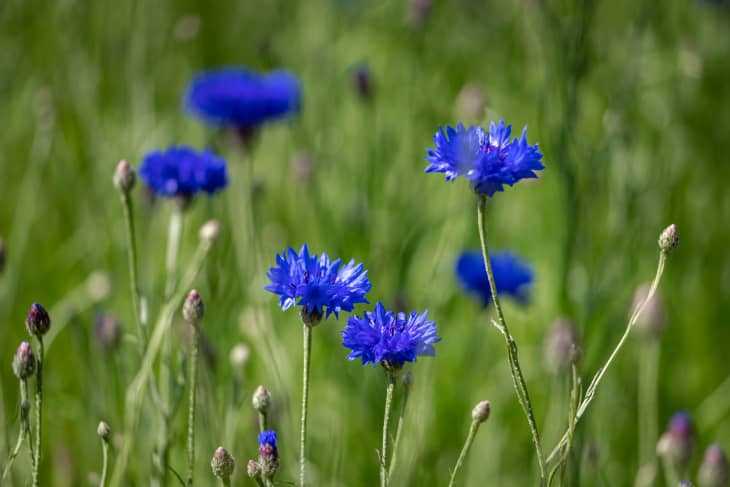
Knowing the best time to plant seedlings is crucial for their successful growth and development. The timing will vary depending on the type of plant and the climate in your region, but here are some general guidelines to follow:
1. Start indoors
If you live in a region with a short growing season or unpredictable weather, it’s a good idea to start your seedlings indoors. This will give them a head start and ensure that they are strong enough to be transplanted outdoors.
2. Check the frost dates
One of the most important factors to consider when deciding when to plant your seedlings is the last frost date in your area. Frost can damage or kill young plants, so it’s crucial to wait until the risk of frost has passed.
You can find information about the average frost dates for your area online or by contacting your local gardening center.
3. Consider the specific plant’s requirements
Each type of plant has its own specific requirements for planting. Some plants thrive in cooler temperatures, while others prefer warmer conditions.
It’s important to do some research and find out the ideal temperature range for the specific plant you are trying to grow. This will help you determine the best time to plant your seedlings.
4. Observe the weather conditions
While frost dates can give you a general idea of when it’s safe to plant seedlings outdoors, it’s also important to pay attention to the current weather conditions. Even after the last frost date, cold snaps or late frosts can still occur.
Monitor the weather forecast and avoid planting seedlings during periods of extreme cold or when there is a risk of frost. It’s better to wait a few more days or weeks until the weather has stabilized.
5. Gradually harden off the seedlings
Before planting seedlings outdoors, it’s important to gradually acclimate them to the outdoor conditions. This process, known as hardening off, helps the seedlings adjust to the changes in temperature, wind, and sunlight.
You can start the hardening off process a week or two before the planned planting date. Begin by placing the seedlings outdoors for a few hours each day, gradually increasing the time and exposure to outdoor conditions.
By following these tips and taking into consideration the specific requirements of your plants and your local climate, you can determine the best time to plant your seedlings and give them the best chance of thriving in your garden.
Choosing the right flowers
When it comes to planting flowers on seedlings in April, it’s important to choose the right flowers for your garden. Here are some tips to help you make the right choice:
- Consider your climate: Different flowers thrive in different climates, so it’s important to choose varieties that are well-suited to your specific region. Research the hardiness zones and temperature preferences of different flowers before making a selection.
- Think about sunlight: Some flowers require full sun, while others can tolerate partial or even full shade. Assess the amount of sunlight your garden receives throughout the day and choose flowers that will thrive in those conditions.
- Choose a variety of colors: Selecting flowers in a range of colors will add visual interest and diversity to your garden. Consider the color scheme you prefer and choose flowers that will complement each other.
- Look for flowers with long blooming seasons: Opt for flowers that have extended blooming periods to ensure that your garden stays colorful for as long as possible. This is especially important when planting in April, as you want to enjoy your flowers throughout the spring and summer months.
- Consider the height and spread of the flowers: Take into account the mature height and spread of the flowers you choose to ensure that they will fit well within your garden space. Keep in mind that some flowers may require staking or pruning to maintain their shape.
By carefully considering these factors, you can choose the right flowers for your garden and ensure a beautiful and vibrant display throughout the growing season.
Preparing the seedlings
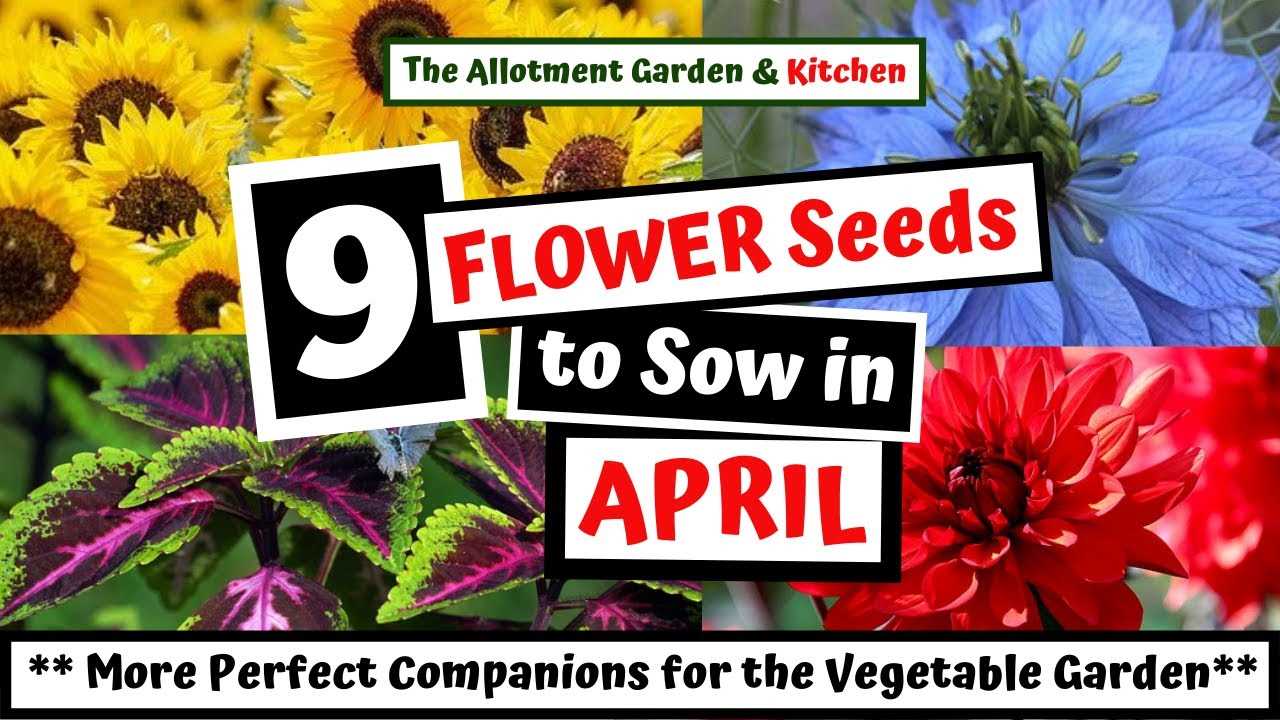
1. Choose healthy seedlings
Before planting flowers in April, it is important to select healthy seedlings. Look for seedlings that have strong stems, vibrant leaves, and no signs of disease or pests. Healthy seedlings are more likely to survive and thrive once planted.
2. Harden off the seedlings
Prior to planting, it is crucial to harden off the seedlings. This process gradually acclimatizes the seedlings to outdoor conditions, preventing shock and increasing their chances of survival. Start by exposing the seedlings to outdoor elements for a few hours each day, gradually increasing the time and intensity of exposure over the course of a week.
3. Prepare the planting area
Get the planting area ready by removing any weeds, rocks, or debris. Loosen the soil with a garden fork or tiller to promote proper root growth. Add organic matter such as compost or well-rotted manure to improve soil fertility and drainage.
4. Water the seedlings
Water the seedlings thoroughly before planting. Adequate hydration will help prevent stress and promote healthy growth once transplanted. Ensure the seedlings are properly watered, but avoid overwatering, as this can lead to root rot.
5. Transplant the seedlings
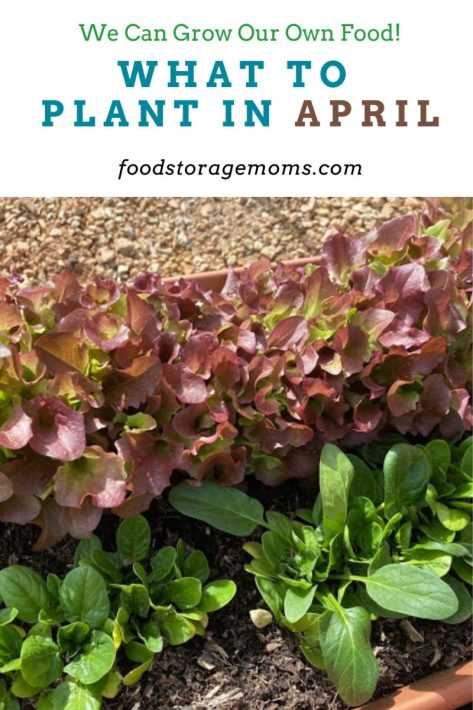
When the seedlings are ready, dig a hole in the prepared planting area and gently remove the seedling from its container. Place the seedling in the hole, ensuring that the top of the root ball is level with the soil surface. Fill in the hole and lightly pat the soil to secure the seedling in place.
6. Provide post-transplant care
After transplanting, water the seedlings thoroughly to settle the soil and help the roots establish. Monitor the seedlings for signs of stress or nutrient deficiencies and provide appropriate care, such as fertilizing or adjusting watering frequency, as needed. Protect the seedlings from extreme weather conditions, pests, and diseases.
7. Maintain proper care
Continue to provide regular care for the seedlings, including watering, mulching, and removing weeds. Monitor their growth and address any issues promptly. Follow the specific care instructions for the type of flowers you are planting to ensure optimal growth and blooming.
8. Enjoy your beautiful flowers
With proper preparation and care, your seedlings will grow into beautiful flowers. Enjoy the colorful blooms and the satisfaction of successfully planting flowers in April.
Preparing the soil
Before planting flowers on seedlings in April, it is important to prepare the soil properly. This will provide the necessary nutrients and conditions for the seedlings to grow and thrive. Here are some tips for preparing the soil:
1. Clear the area:
Start by clearing the area where you plan to plant the seedlings. Remove any weeds, rocks, or debris that may hinder their growth. This will ensure that the seedlings have ample space and access to nutrients.
2. Test the soil:
Testing the soil is crucial to determine its pH level and nutrient content. You can use a soil test kit or send a sample to a local agricultural extension service for analysis. This will help you understand what amendments or fertilizers the soil may need.
3. Improve drainage:
If the soil has poor drainage, it is essential to improve it before planting the seedlings. Adding organic matter such as compost, peat moss, or well-rotted manure can help improve drainage and create a more favorable environment for the plants.
4. Amend the soil:
Based on the results of the soil test, you may need to amend the soil to provide the necessary nutrients for the seedlings. This can include adding lime to adjust the pH level, or incorporating specific fertilizers to address any nutrient deficiencies.
5. Loosen the soil:
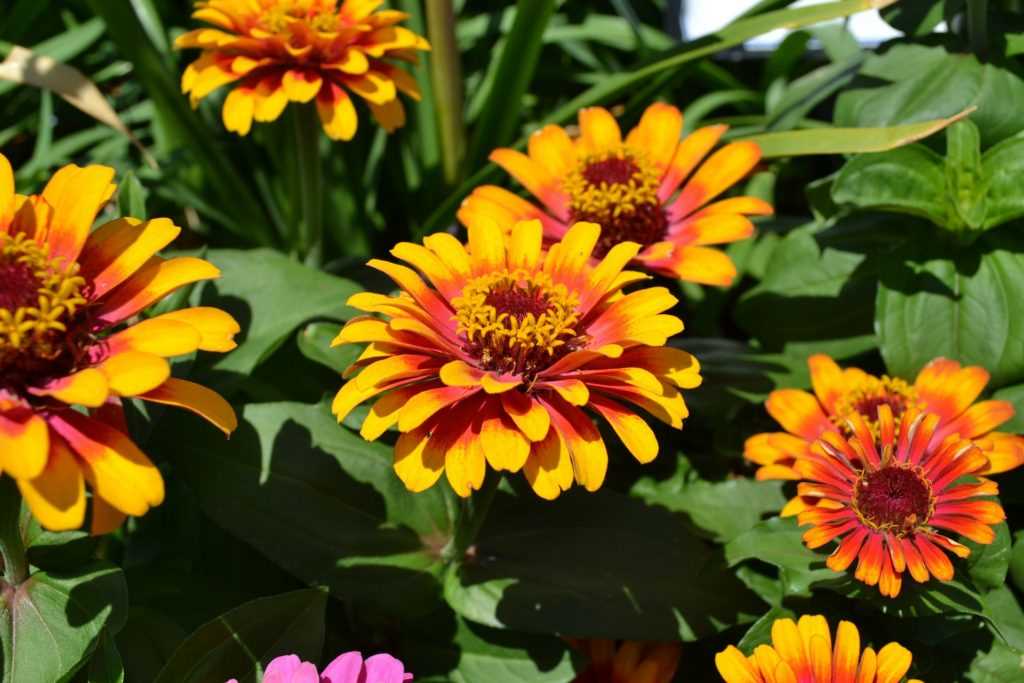
Loosening the soil will create a better environment for the seedlings’ roots to grow. Use a garden fork or tiller to loosen the soil to a depth of 6-8 inches. This will help improve aeration and water penetration.
6. Remove any large clumps:
Break up any large clumps of soil to create a finer texture. This will make it easier for the seedlings’ roots to penetrate the soil and establish themselves.
7. Level the soil:
After loosening and amending the soil, make sure to level it to create an even surface for planting. This will provide a uniform growing environment for the seedlings.
8. Water the soil:
Before planting the seedlings, water the soil thoroughly to ensure it is well-moistened. This will help the seedlings settle in and receive moisture immediately after planting.
By following these steps to prepare the soil, you will give your seedlings the best possible start and set them up for success in April.
Planting the seedlings
Planting seedlings in April can be an exciting time for gardeners. Follow these tips and tricks to ensure successful planting and healthy growth of your flowers:
1. Prepare the soil
Before planting, it is important to prepare the soil to provide the seedlings with a conducive environment for growth. Loosen the soil using a garden fork or tiller to a depth of 6-8 inches. Remove any weeds or debris and amend the soil with organic matter, such as compost or well-rotted manure. This will improve drainage, fertility, and overall soil structure.
2. Choose the right location
Consider the sunlight and moisture requirements of your seedlings when selecting the planting location. Most flowers require at least 6 hours of direct sunlight per day, so choose a spot that receives adequate sunlight. Additionally, ensure that the area has proper drainage to prevent waterlogging, as excessive moisture can lead to root rot.
3. Dig the planting holes
Use a small trowel or your hands to dig individual holes for each seedling. The holes should be slightly larger than the root ball of the seedling. Space the holes according to the recommended spacing guidelines provided on the seedling packaging or plant label.
4. Remove the seedlings from their containers
Gently remove the seedlings from their containers by squeezing the sides or tapping the bottom. Be careful not to damage the delicate roots. If the roots are tightly bound, use your fingers or a knife to loosen them slightly to encourage outward growth.
5. Plant the seedlings
Place each seedling in its respective hole, ensuring that the root ball is level with or slightly above the soil surface. Backfill the hole with soil, gently pressing it around the seedling to secure it in place. Avoid compacting the soil too tightly, as this can restrict root growth.
6. Water the seedlings
After planting, thoroughly water the seedlings to settle the soil and provide them with essential moisture. Avoid overwatering, as this can lead to root rot. Monitor the soil moisture regularly and adjust watering accordingly, keeping it consistently moist but not waterlogged.
7. Provide support if needed
If your seedlings are tall or have weak stems, consider providing support in the form of stakes or cages. This will help prevent the seedlings from bending or breaking due to wind or heavy rain.
By following these tips and tricks, you can ensure the successful planting of your seedlings and enjoy beautiful flowers throughout the growing season.
Watering and fertilizing
Proper watering and fertilizing are essential for the growth and health of your seedlings. Here are some tips to help you ensure they receive the right amount of water and nutrients:
Watering:
- Check the moisture level of the soil regularly by inserting your finger about an inch deep into the soil. If it feels dry, it’s time to water.
- Water your seedlings thoroughly, ensuring the soil is evenly moist but not waterlogged.
- Avoid overwatering, as it can lead to root rot and other diseases. It’s better to underwater slightly than to overwater.
- Water the seedlings in the early morning or late afternoon to minimize evaporation and allow the plants to dry before evening.
Fertilizing:
- Use a balanced fertilizer specifically formulated for seedlings to provide them with the necessary nutrients for healthy growth.
- Start fertilizing your seedlings after they have developed their first set of true leaves.
- Follow the instructions on the fertilizer packaging for the appropriate dosage and frequency of application.
- Consider using organic fertilizers, such as compost or fish emulsion, for a more natural approach.
Remember to always monitor your seedlings closely and adjust your watering and fertilizing practices as needed. The goal is to create the ideal growing conditions for your plants, promoting strong and vigorous growth.
Caring for the seedlings
Once you have planted your flower seedlings in April, it is essential to take proper care of them to ensure their healthy growth. Here are some tips and tricks to help you care for your seedlings:
1. Watering
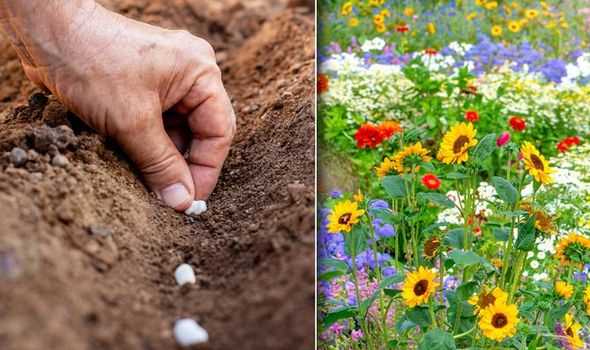
Water your seedlings regularly to keep the soil moist, but not wet. Overwatering can lead to root rot, while underwatering can cause the seedlings to wilt. Check the moisture level of the soil by sticking your finger into it. If it feels dry up to the first knuckle, it’s time to water them.
2. Fertilizing
Provide your seedlings with the nutrients they need by fertilizing them regularly. Use a balanced fertilizer according to the package instructions, and remember to apply it sparingly. Too much fertilizer can burn the delicate roots of the seedlings.
3. Providing support
If your flower seedlings are tall or have weak stems, they may require support to prevent them from bending or breaking. Use stakes or supports to keep them upright. Be gentle when inserting the stakes to avoid damaging the roots.
4. Pruning
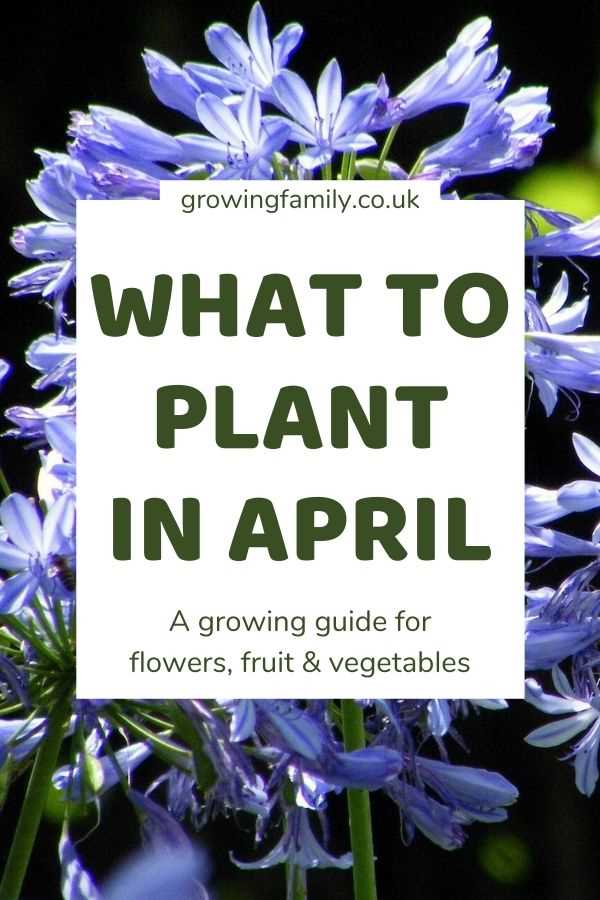
Pruning can help your seedlings grow fuller and healthier. Pinch off the top set of leaves or the growing tip to encourage branching. This will result in a bushier plant with more flowers.
5. Protecting from pests
Keep an eye out for pests that may harm your seedlings, such as aphids or slugs. Remove any pests you spot by hand or use organic pest control methods. Preventive measures, such as mulching or using natural repellents, can also help protect the seedlings.
6. Transplanting
If your seedlings outgrow their containers or need to be moved to a different location, transplant them carefully. Choose a cloudy day or do it in the evening to avoid stressing the seedlings. Dig a hole, gently remove the seedling from its container, and place it in the hole, covering the roots with soil.
7. Monitoring
Regularly monitor your seedlings for any signs of disease or nutrient deficiencies. Look for yellowing leaves, spots, or unusual growth patterns. Address any issues promptly to prevent further damage.
By following these care tips, you can ensure the healthy growth and development of your flower seedlings planted in April. Happy gardening!
Troubleshooting common problems
Poor germination rate

If you are experiencing a low germination rate with your seedlings, there are a few possible reasons for this. It could be due to improper soil temperature, inadequate moisture, or poor seed quality. Make sure to provide the optimal temperature and humidity conditions for germination, and use high-quality seeds from reputable sources.
Leggy seedlings
Leggy seedlings are characterized by long, weak stems and small, pale leaves. This problem occurs when seedlings are not receiving enough light. To prevent leggy seedlings, ensure that they are receiving at least 12-14 hours of bright light per day. Consider using grow lights or placing the seedlings in a location with ample natural sunlight.
Disease or pest infestation

If your seedlings are showing signs of disease or pest infestation, it is important to take immediate action to prevent further damage. Common diseases that affect seedlings include damping-off, powdery mildew, and leaf spot. Treat the affected plants with appropriate fungicides or insecticides, and ensure proper sanitation and air circulation to prevent the spread of diseases.
Overwatering or underwatering
Both overwatering and underwatering can cause significant harm to seedlings. Overwatering can lead to root rot and fungal diseases, while underwatering can cause dehydration and wilting. To prevent these problems, make sure to water the seedlings consistently and allow the soil to dry out slightly between waterings. It is also important to use well-draining soil and pots with drainage holes.
Transplant shock
Transplanting seedlings can sometimes result in transplant shock, which is characterized by wilting, stunted growth, and yellowing leaves. To minimize transplant shock, handle the seedlings gently during the transplanting process and make sure to provide adequate water and nutrients immediately after transplanting. Gradually acclimate the seedlings to their new environment by gradually increasing their exposure to direct sunlight.
Questions and Answers:
When is the best time to plant flower seedlings in April?
The best time to plant flower seedlings in April is typically after the last frost date for your region. This is usually around mid to late April, but it can vary depending on where you live.
What types of flowers can I plant as seedlings in April?
There are several types of flowers that can be planted as seedlings in April. Some popular options include marigolds, petunias, impatiens, zinnias, and snapdragons.
How do I prepare the soil before planting flower seedlings in April?
Before planting flower seedlings in April, it’s important to prepare the soil by loosening it with a garden fork or tiller. You should also remove any weeds or debris and mix in some compost or other organic matter to improve the soil’s fertility.
Can I plant flower seedlings in containers instead of in the ground?
Yes, you can definitely plant flower seedlings in containers instead of in the ground. This is a great option if you have limited space or if you want to easily move the plants around. Just make sure to choose containers with drainage holes and use a high-quality potting mix.
Should I water flower seedlings immediately after planting them in April?
Yes, it’s important to water flower seedlings immediately after planting them in April. This helps to settle the soil around the roots and provides the plants with the necessary moisture to start growing. Be sure to water them gently and avoid over-watering, as this can lead to root rot.
How often should I fertilize flower seedlings planted in April?
The frequency of fertilizing flower seedlings planted in April depends on the specific type of flowers you are growing and the instructions on the fertilizer package. In general, it’s best to start fertilizing about a month after planting and then continue to do so every four to six weeks throughout the growing season.
What are some common problems to watch out for when planting flower seedlings in April?
Some common problems to watch out for when planting flower seedlings in April include pests like aphids or slugs, diseases like powdery mildew, and environmental factors like frost or extreme heat. It’s important to monitor your plants regularly and take action if you notice any issues.
